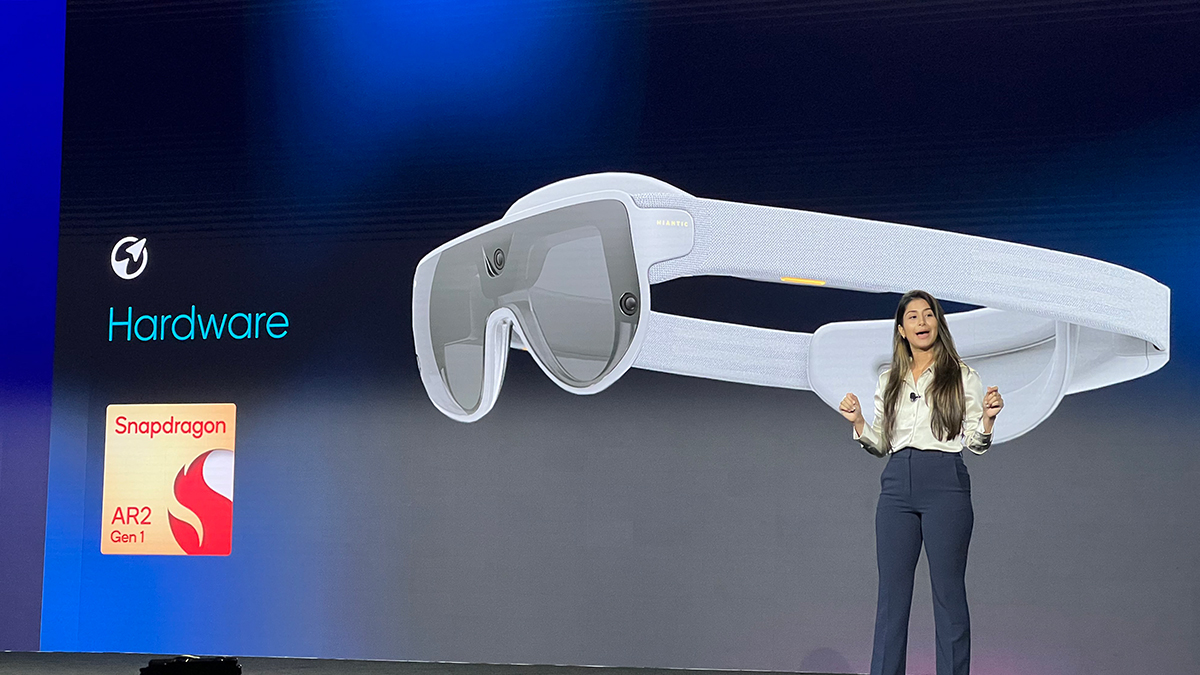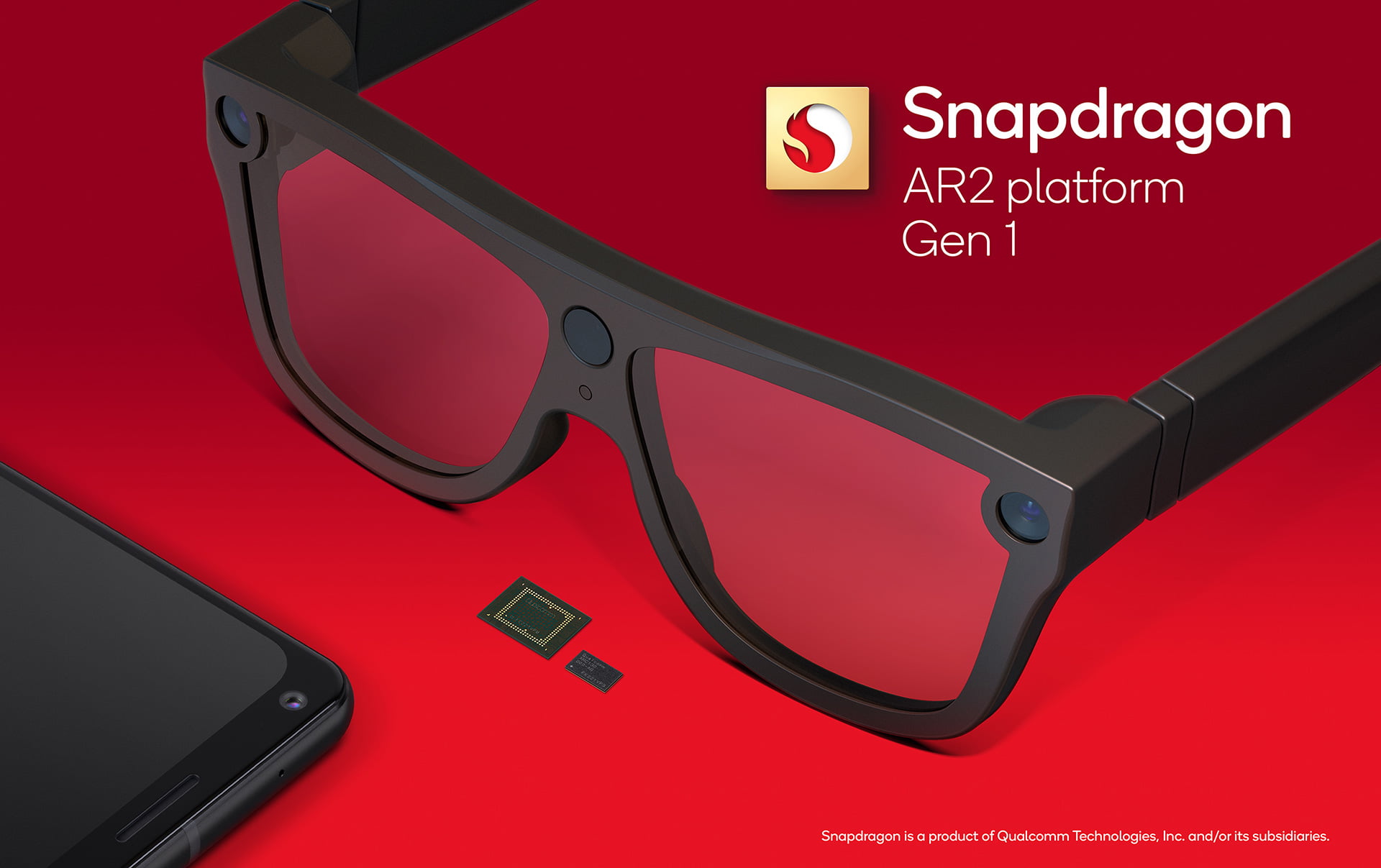Companies will need chips that are powerful but won’t need a big battery on your head if they want to create augmented reality glasses you’d truly want to wear. Qualcomm believes it can be helpful. A Snapdragon AR2 Gen 1 platform that was developed with thin AR glasses in mind has been announced by the firm. According to reports, the multi-chip system uses half the power and has 2.5 times the AI performance of the company’s XR2-based reference design. You might be able to find eyewear that can identify items in the environment intelligently while still being small and lightweight enough to wear for extended periods of time.

According to Qualcomm, one of the secrets is to distribute the computational burden around the frame of the glasses. A CPU, Tensor AI processing, graphics, and engines for features like visual analytics are all included in the main, 4nm-based AR processor. Up to nine cameras can be used simultaneously to track your body and the environment. An AI accelerator for functions like eye tracking and computer vision is housed in a co-processor somewhere in the glasses, while communication to networks and phones is handled by a third chip. This results in smaller circuit boards and fewer cables than you would see with a single all-purpose chip, in addition to improved weight distribution.
Qualcomm claims that networking is also crucial. One of the first platforms to enable WiFi 7 is AR2 Gen 1, which is similar to Snapdragon 8 Gen 2 in smartphones. That is essential not just to supply the vast amounts of bandwidth needed to connect to a device (up to 5.8Gbps), but also to decrease latency (under 2ms to your phone, according to Qualcomm). You should get a more responsive and natural experience when combined with lag reduction in the CPU and co-processor. Several well-known firms, including Lenovo, LG, Nvidia, Oppo, and Xiaomi, are working on hardware that is based on AR2 Gen 1. It’s significant that Microsoft contributed to the platform requirements. Be prepared to use AR2 for virtual collaboration in Mesh as well as other Microsoft programmes and services in the future.

Significant improvements have also been made to Qualcomm’s audio technology. The latest listening technology, such as spatial audio with head tracking, lower latency for games, and the most recent iteration of adaptive active noise suppression, are expected to become more widely used thanks to the new S3 Gen 2 Sound and S5 Gen 2 Sound platforms (think of the transparency modes found on some earbuds). Though real-world goods won’t be available until the second half of 2023, these chips may democratise capabilities that were previously only available on more expensive earbuds and headphones.



